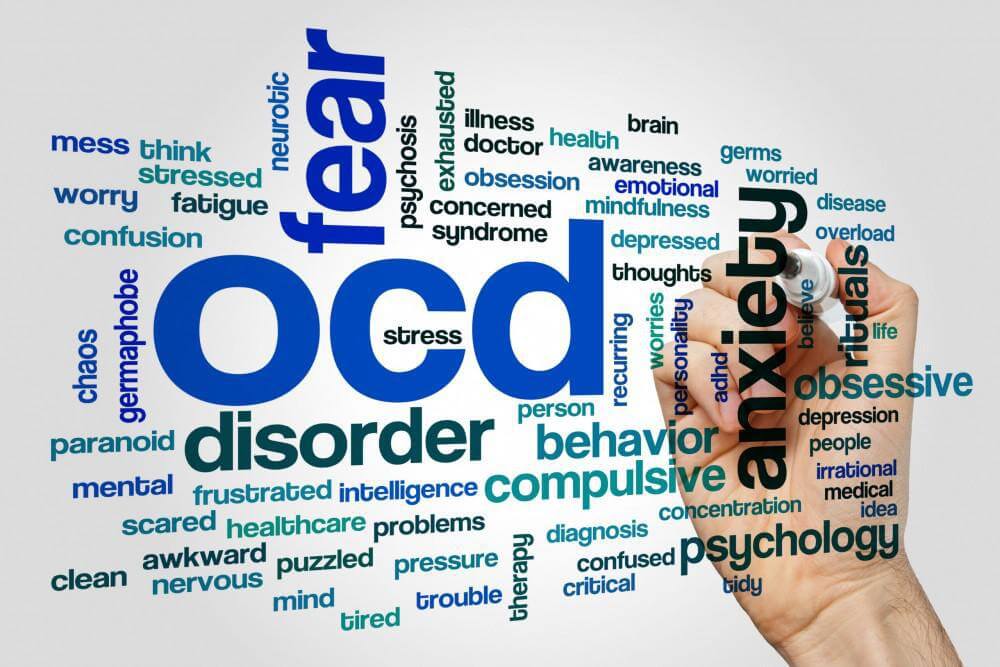Obsessive-Compulsive Disorder (OCD) is a mental health condition that affects millions of people around the world. It is a chronic condition characterized by persistent, intrusive thoughts or obsessions that lead to repetitive, compulsive behaviors or actions. While there are several treatments available for OCD, including medication and therapy, some individuals do not respond well to traditional treatments. In recent years, ketamine infusion therapy has emerged as a promising new approach to treating OCD. In this blog post, we will explore how ketamine infusion therapy works, the current research on its use for OCD, and what to expect during treatment.
How Ketamine Infusion Therapy Works
Ketamine is a dissociative anesthetic drug that has been used for several decades in clinical settings for sedation and pain relief. More recently, it has gained attention for its potential to treat a variety of mental health conditions, including depression, anxiety, and PTSD. Ketamine works by blocking the N-methyl-D-aspartate (NMDA) receptor in the brain, which leads to an increase in the production of certain neurotransmitters, such as glutamate, that are involved in mood regulation and cognitive processing.
In the case of OCD, researchers believe that ketamine’s effects on glutamate may play a role in reducing the symptoms of the condition. Studies have shown that individuals with OCD have abnormally high levels of glutamate in certain areas of the brain, which may contribute to the development and persistence of obsessive thoughts and compulsive behaviors. By blocking the NMDA receptor and increasing glutamate production, ketamine may help rebalance brain chemistry and reduce OCD symptoms.
Current Research on Ketamine Infusion Therapy for OCD
While the use of ketamine for OCD is still in the early stages of research, initial studies have shown promising results. In a small, randomized controlled trial conducted in 2013, researchers found that a single infusion of ketamine significantly reduced symptoms of OCD in individuals who had not responded to traditional treatments. The effects lasted for up to one week after the infusion.
In a larger study conducted in 2018, researchers found that a series of six ketamine infusions over two weeks led to significant reductions in OCD symptoms that lasted for up to three months. The study included 15 participants who had not responded to traditional treatments and were experiencing severe OCD symptoms. The researchers noted that the response rate to ketamine infusion therapy was higher than what is typically seen with traditional treatments for OCD.
While the research on ketamine infusion therapy for OCD is still in its early stages, these initial studies suggest that it may be a valuable new approach to treating this challenging condition.
What to Expect During Ketamine Infusion Therapy for OCD
Ketamine infusion therapy for OCD is typically administered in a clinical setting, such as a hospital or specialized ketamine clinic. The infusion is given intravenously over a period of 40 minutes to several hours, depending on the dose and individual needs. During the infusion, the individual may experience dissociative and hallucinogenic effects, which can be managed with supportive care from trained medical staff.
After the infusion, the individual may experience some side effects, such as dizziness, nausea, or fatigue. These typically resolve within a few hours after the infusion. It is important to note that ketamine infusion therapy should only be administered by trained medical professionals in a supervised setting, as it can be dangerous if used improperly.
It is also important to note that while ketamine infusion therapy may provide rapid relief from OCD symptoms, it is not a permanent cure. Additional treatments, such as medication and therapy, may be needed to maintain long-term symptom relief. The individual’s healthcare provider can help determine the best treatment plan based on their individual needs and symptoms.
Conclusion
Obsessive-Compulsive Disorder can be a debilitating mental health condition. While there is still much to learn about the potential of ketamine infusion therapy for OCD, early research and patient reports suggest that it may be a promising new approach for those struggling with this disorder. It’s important to note, however, that ketamine infusion therapy should never be used as a standalone treatment for OCD. Instead, it should be considered as part of a comprehensive treatment plan that includes therapy and potentially other medications.
If you’re interested in exploring ketamine infusion therapy as a treatment option for OCD, the first step is to speak with a qualified healthcare professional who is knowledgeable about this approach. They can help you understand the potential benefits and risks, answer any questions you may have, and guide you in making an informed decision about whether or not ketamine infusion therapy is right for you.
Finding an effective treatment for OCD can be a long and challenging journey. But with emerging therapies like ketamine infusion, there is hope that more people can find relief from this debilitating disorder and regain control over their lives.

